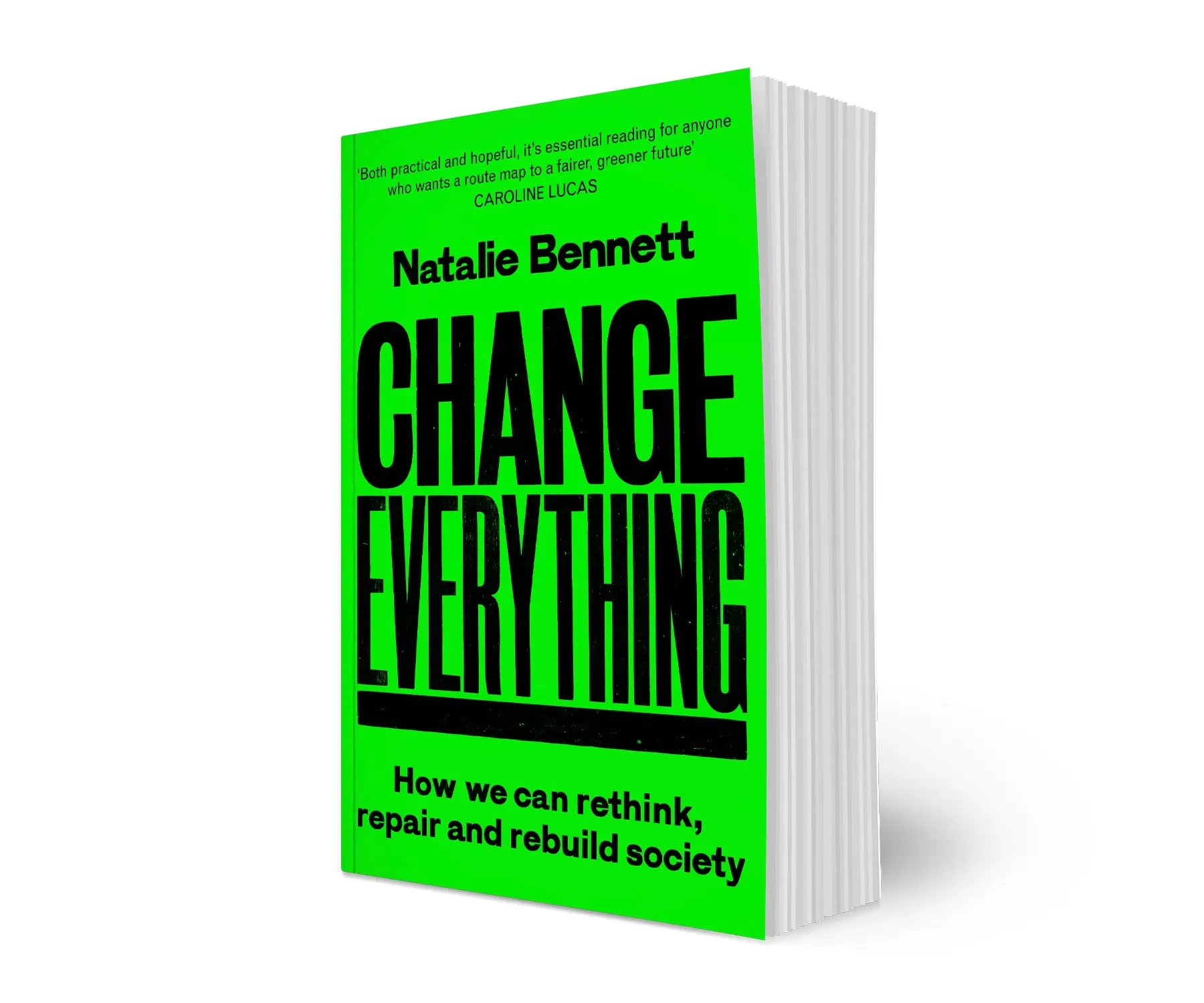I confess I’m not really sure if they’re ravens, carrion crow or rooks — I haven’t got close enough to use my excellent RSPB bird books to distinguish them — but I do know that in a valley I regularly visit in the Morvan in Burgundy, there’s lots of one or more crow species, and they seem to interact in interesting ways, forming, particularly in winter, quite large groups that swoop around at dusk, raucously dominating the neighbourhood.
So when I saw Mark Cocker’s Crow Country, it was clearly a book that I’d not only read, but read in France. Which is what I’ve just done, and it’s left me with a strong desire to learn more about my local corvids, because I’m sure there’s a lot to be discovered.
The fact that Cocker describes himself as a “nature writer” did give me some pause — the more literary end of nature writing tends to leave me cold — but although some passages of Crow Country were a bit too far down the poetical side for my taste, overall I found it a fascinating account of the natural history of rooks and jackdaws in Britain, and gave me plenty of information about their French cousins.
The key line of the book is Cocker’s attempt to understand rook behaviour, and particularly their spending part of winter in large, sometimes enormous, mass roosts. He starts with their rookeries (breeding centres), the reasons for which are well established.
“In the nesting season, the abundant supply of worms is the key to the rook’s success. The onset of the breeding cycle in earliest spring is timed to coincide with the maximum availability of prey for the chicks. But the food items aren’t spread evenly, they’re clustered randomly…It’s thought that rooks have evolved to share resources and capitalise on the shifting and temporary abundances by pursuing a feeding strategy of follow-my-leader…. Each bird discovering a food hotspot faces the disadvantage of competition from neighbours, but it is more than compensated by the opportunity, on all occasions when it is less successful, to share the good fortune uncovered by others.” (p. 75)
That’s from late February to June, the nesting season, but the rest of the year, Cocker gradually concludes, they are roosting, often split between a late summer/early autumn roost and a later one – the latter reflecting a large concentration of birds. Roosts are usually in the middle of woods, even though these are birds that feed in grasslands (they’ve been recorded flying up to 32km to feeding grounds for the day – “as the crow flies”!), and he concludes that protection from weather, uninterrupted nights (they’re usually in very calm places) and perhaps to some degree predators (although there’s few of these now) , are an important part of the roosting behaviour.
But the biggest advantage for rooks in these huge gatherings is, he concludes, like in rookeries, the spread of information. It is, however, more complicated than that. In the Yare Valley roost he studied, numbers ranged from 10,000 to 40,000 at the year’s peak, numbers depending to a large degree on continental European visitors, who leave snow-covered territories for warmer western wintering grounds.
“For non-resident naive individuals the primary value might lie in following resident birds out to otherwise unknown feeding sites. The resident population may thus enjoy a dominant status in the roost and occupy more central locations in the trees. They can monopolise the best perches for thermal protection or defence against predators.” (p. 164.)
It’s well known that corvids are intelligent – the Caledonian crows having shocked researchers by inventing tools – but Cocker also finds real world examples. There’s the M4 rooks who’ve learnt to get to waste at the bottom of bin bags by gradually tugging them up the side of their frame, holding the bulked plastic under one foot, and those birds who’ll bury food for later consumption. (For jays this is standard, for rooks seemingly more learned behaviour.) So we learn in the Aberdeenshire vernacular a self-seeded tree is “craw(rook)-sown”. (p. 57)
Cocker’s also interested in history – both human, rook and how they intersect. He recounts tales of rooks acting as vulture-like scavengers, on sheep and dog carcasses, and infers an “ancient and resonant scene”.
“Our Mesolithic ancestors were accustomed to place deceased relatives on special excarnation platforms where natural predators would pick the bones clean, before the remains were taken to be buried in a barrow or cairn. I can just imagine the rook flock that chanced upon the same easy pickings, smothering the raised corpse in a blanket of dark wings and excited calls”. (p. 59)
But that’s not standard fare – Cocker explains it is mainly insects and arthropods in the upper topsoil, particularly worms, which explains their distribution as a bird of pastures and cropland. (Although they’ll also eat small mammals, eggs and grain.) They stab 5-6cm into the ground, then uses Zirkeln, open-billed probing, to find their prey. Forest is not for them.
“They occupy vast swathes of the Mongolian and Manchurian grasslands, right through to the outskirts of Beijing and the shores of the Yellow Sea. To the west they’ve conquered the immense oceanic expanses of Russia and Asian grassland from about 160E to a point half a world away on the Baltic coast. …Rooks were dependent on the westward spread of stock grazing and cereal agriculture … to make their own entry into Europe. So when you next pass a rookery remember to stop and listen. Amond the spring-summoning cacophony you’ll hear the faintest echo of a Neolitic axe.” (p61)
read more »

 About
About